Don't Call Christina Later, Call Christina Now
Follow us
What Safety Features Should I Look for in a Car to Reduce Accident Risks?
Essential Safety Features to Keep You Protected on the Road
Essential Safety Features to Keep You Protected on the Road

When purchasing a new car, safety should always be a top priority. In the U.S., traffic accidents are unfortunately common, with over 38,000 fatalities reported annually, according to the National Highway Traffic Safety Administration (NHTSA). Fortunately, many modern cars come equipped with safety features designed to reduce accident risks, protect passengers, and even prevent crashes altogether. In this blog, we’ll explore the key safety features you should look for in a car to keep yourself and your loved ones as safe as possible on the road.

When purchasing a new car, safety should always be a top priority. In the U.S., traffic accidents are unfortunately common, with over 38,000 fatalities reported annually, according to the National Highway Traffic Safety Administration (NHTSA). Fortunately, many modern cars come equipped with safety features designed to reduce accident risks, protect passengers, and even prevent crashes altogether. In this blog, we’ll explore the key safety features you should look for in a car to keep yourself and your loved ones as safe as possible on the road.
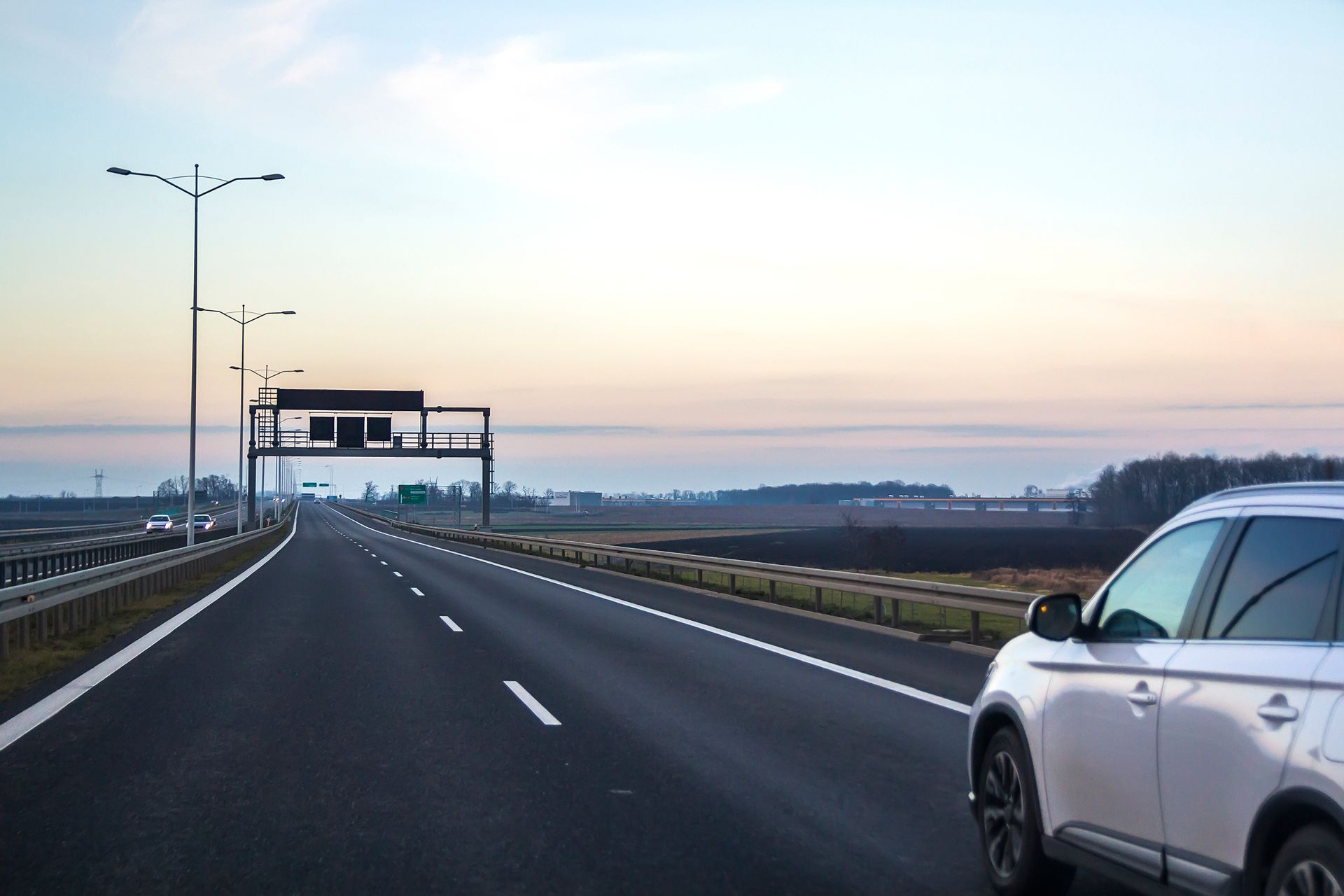
Advanced Driver Assistance Systems (ADAS)
ADAS technology has revolutionized the way we drive, making vehicles smarter and safer. These systems use sensors, cameras, and radars to assist the driver with various tasks, from parking to avoiding collisions. Here are some essential ADAS features to look for:
- Forward Collision Warning (FCW): This system alerts you when you are at risk of colliding with a vehicle ahead. According to a study by the Insurance Institute for Highway Safety (IIHS), vehicles equipped with FCW reduce rear-end collisions by 27%.
- Automatic Emergency Braking (AEB): AEB works in tandem with FCW by automatically applying the brakes if a potential collision is detected. This feature can significantly reduce the severity of accidents or prevent them altogether. In fact, AEB can reduce rear-end crashes by up to 50%, as reported by the IIHS.
- Lane Departure Warning (LDW) and Lane-Keeping Assist (LKA): These systems alert you if you're unintentionally drifting out of your lane and, in some cases, gently steer you back into your lane. According to the National Safety Council (NSC), lane-departure crashes account for nearly 2.4 million accidents annually, so having these systems in place can make a real difference.
- Blind Spot Monitoring (BSM): Blind spots can be hazardous, especially when changing lanes. BSM uses sensors to monitor the areas beside and behind your car and warns you if another vehicle is in your blind spot. Studies have shown that BSM can reduce lane-change crashes by 14%.
Advanced Driver Assistance Systems (ADAS)
ADAS technology has revolutionized the way we drive, making vehicles smarter and safer. These systems use sensors, cameras, and radars to assist the driver with various tasks, from parking to avoiding collisions. Here are some essential ADAS features to look for:
- Forward Collision Warning (FCW): This system alerts you when you are at risk of colliding with a vehicle ahead. According to a study by the Insurance Institute for Highway Safety (IIHS), vehicles equipped with FCW reduce rear-end collisions by 27%.
- Automatic Emergency Braking (AEB): AEB works in tandem with FCW by automatically applying the brakes if a potential collision is detected. This feature can significantly reduce the severity of accidents or prevent them altogether. In fact, AEB can reduce rear-end crashes by up to 50%, as reported by the IIHS.
- Lane Departure Warning (LDW) and Lane-Keeping Assist (LKA): These systems alert you if you're unintentionally drifting out of your lane and, in some cases, gently steer you back into your lane. According to the National Safety Council (NSC), lane-departure crashes account for nearly 2.4 million accidents annually, so having these systems in place can make a real difference.
- Blind Spot Monitoring (BSM): Blind spots can be hazardous, especially when changing lanes. BSM uses sensors to monitor the areas beside and behind your car and warns you if another vehicle is in your blind spot. Studies have shown that BSM can reduce lane-change crashes by 14%.
Advanced Driver Assistance Systems (ADAS)
ADAS technology has revolutionized the way we drive, making vehicles smarter and safer. These systems use sensors, cameras, and radars to assist the driver with various tasks, from parking to avoiding collisions. Here are some essential ADAS features to look for:
- Forward Collision Warning (FCW): This system alerts you when you are at risk of colliding with a vehicle ahead. According to a study by the Insurance Institute for Highway Safety (IIHS), vehicles equipped with FCW reduce rear-end collisions by 27%.
- Automatic Emergency Braking (AEB): AEB works in tandem with FCW by automatically applying the brakes if a potential collision is detected. This feature can significantly reduce the severity of accidents or prevent them altogether. In fact, AEB can reduce rear-end crashes by up to 50%, as reported by the IIHS.
- Lane Departure Warning (LDW) and Lane-Keeping Assist (LKA): These systems alert you if you're unintentionally drifting out of your lane and, in some cases, gently steer you back into your lane. According to the National Safety Council (NSC), lane-departure crashes account for nearly 2.4 million accidents annually, so having these systems in place can make a real difference.
- Blind Spot Monitoring (BSM): Blind spots can be hazardous, especially when changing lanes. BSM uses sensors to monitor the areas beside and behind your car and warns you if another vehicle is in your blind spot. Studies have shown that BSM can reduce lane-change crashes by 14%.
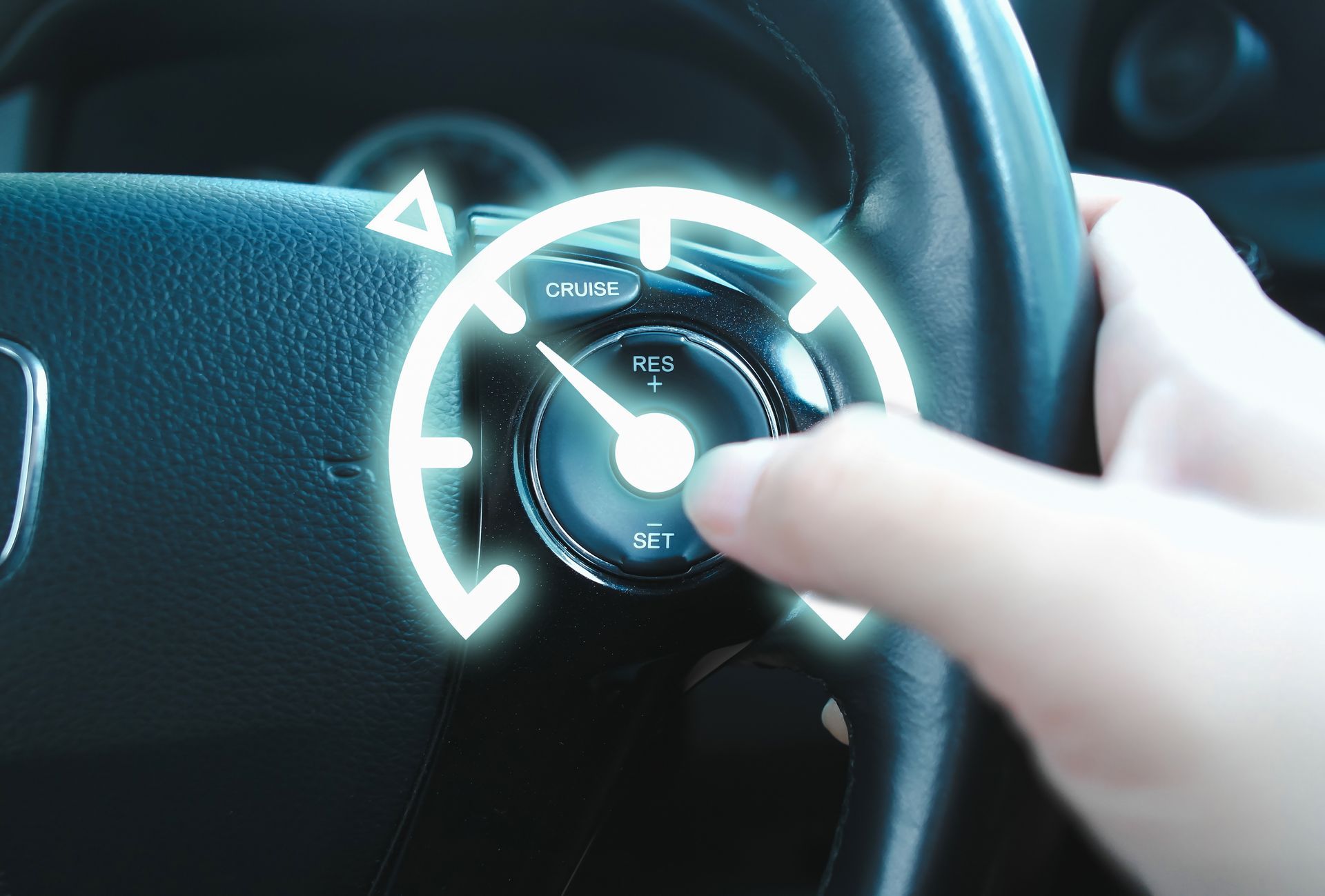
Adaptive Cruise Control (ACC)
Adaptive Cruise Control is an advanced version of traditional cruise control. It automatically adjusts the speed of your car to maintain a safe distance from the vehicle in front of you, even in heavy traffic. By keeping your car at a safe speed and distance, ACC helps reduce the likelihood of rear-end collisions and accidents caused by sudden stops. Research shows that adaptive cruise control can reduce accidents by as much as 20% in certain conditions.

Adaptive Cruise Control (ACC)
Adaptive Cruise Control is an advanced version of traditional cruise control. It automatically adjusts the speed of your car to maintain a safe distance from the vehicle in front of you, even in heavy traffic. By keeping your car at a safe speed and distance, ACC helps reduce the likelihood of rear-end collisions and accidents caused by sudden stops. Research shows that adaptive cruise control can reduce accidents by as much as 20% in certain conditions.
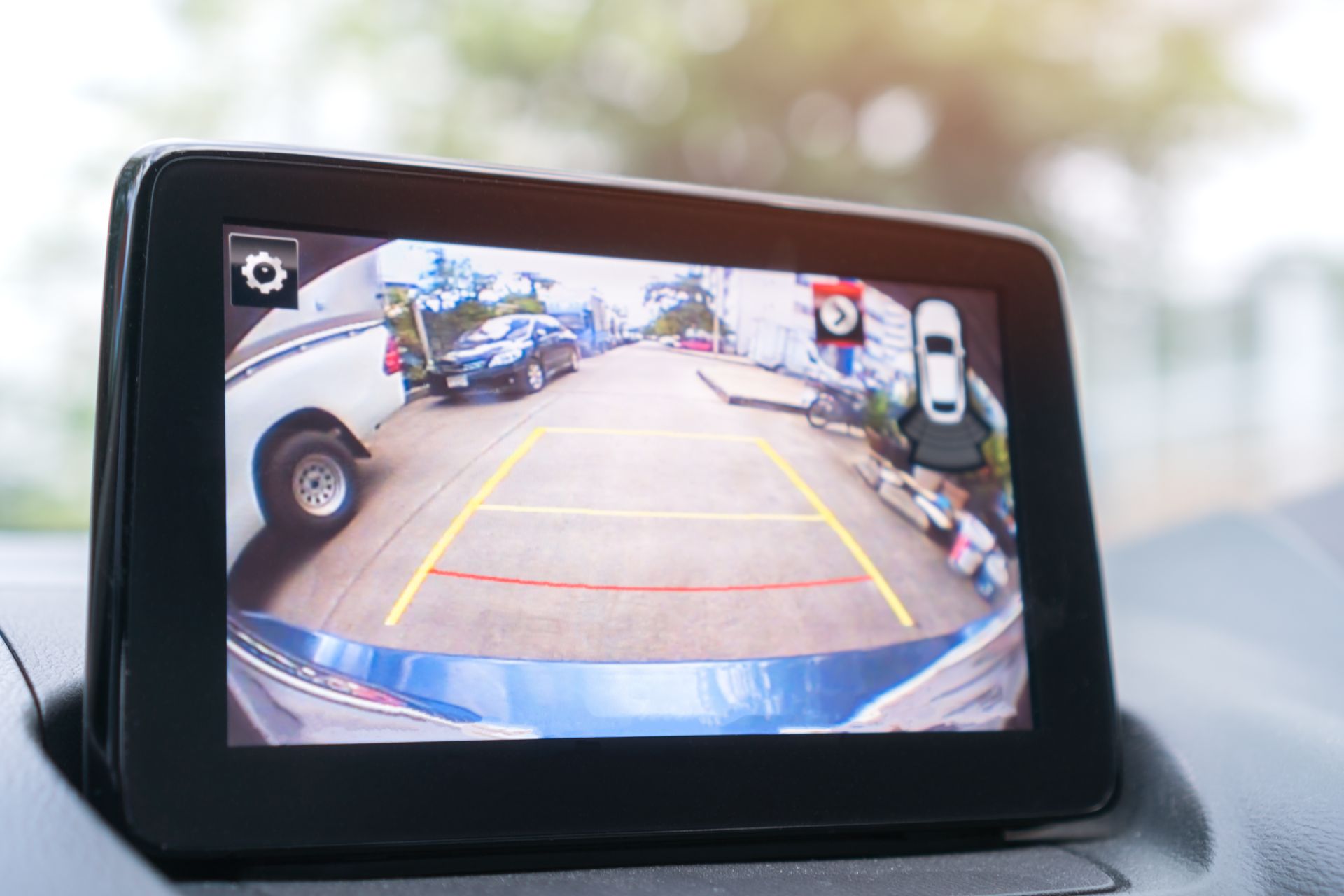
Rearview Cameras and Parking Sensors
While parking, it’s easy to miss obstacles behind or around your car, increasing the risk of accidents, especially in crowded parking lots. Rearview cameras and parking sensors provide you with a clear view of what's behind you and alert you to any obstacles in your path. The NHTSA reported that backup cameras reduced backover accidents by up to 17%, making them an essential feature for any vehicle, especially for families with children or anyone who frequently parks in tight spaces.
Rearview Cameras and Parking Sensors
While parking, it’s easy to miss obstacles behind or around your car, increasing the risk of accidents, especially in crowded parking lots. Rearview cameras and parking sensors provide you with a clear view of what's behind you and alert you to any obstacles in your path. The NHTSA reported that backup cameras reduced backover accidents by up to 17%, making them an essential feature for any vehicle, especially for families with children or anyone who frequently parks in tight spaces.

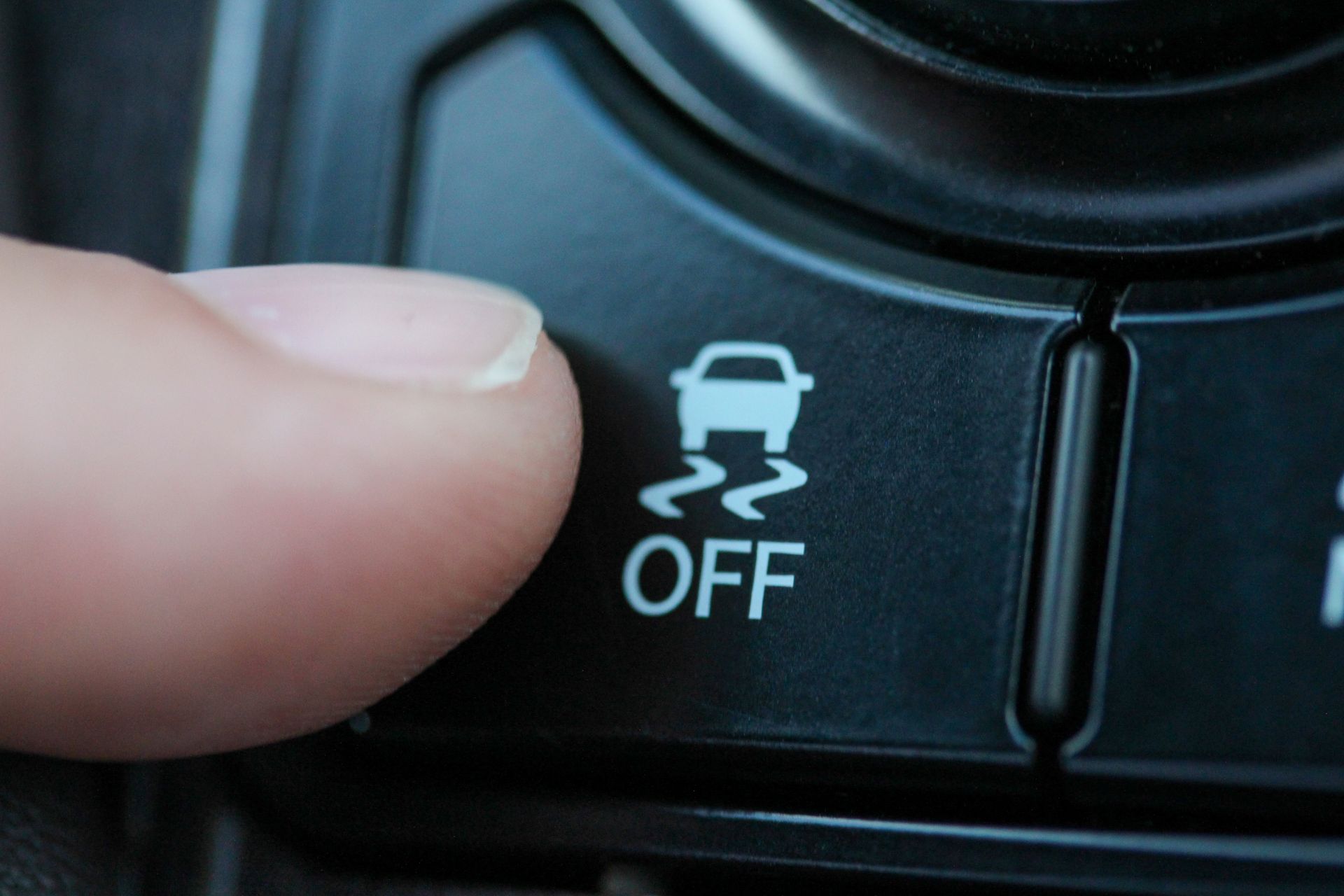
Traction and Stability Control Systems
Both Electronic Stability Control (ESC) and Traction Control System (TCS) are critical safety features that help maintain control of the vehicle in slippery or unstable conditions. ESC can prevent skidding by automatically applying brakes to individual wheels when the system detects a loss of traction, while TCS helps to prevent wheel spin when accelerating. According to the IIHS, ESC has reduced single-vehicle crashes by 49% and rollovers by 74%, making it one of the most vital safety features to look for in any car.
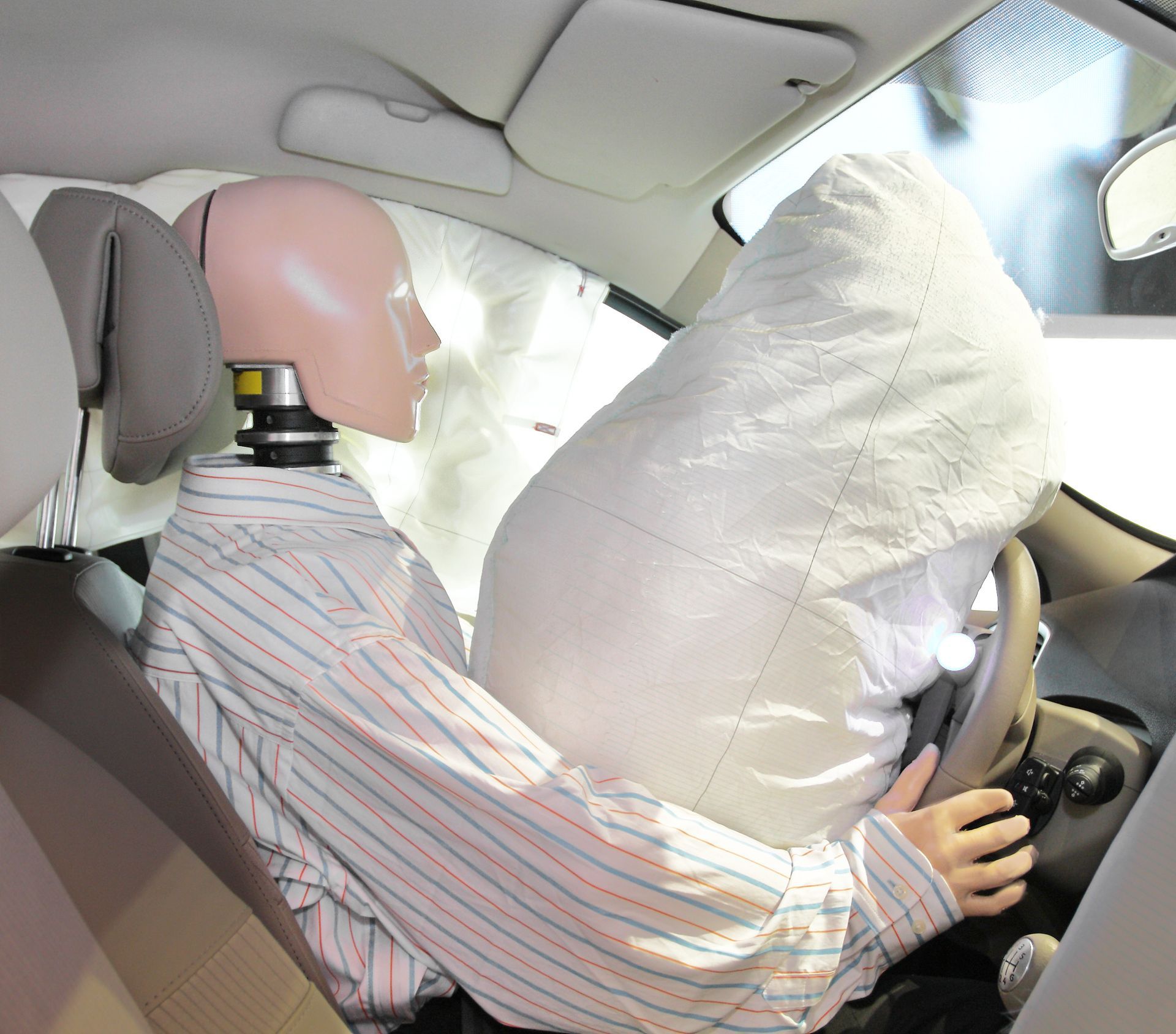
Side-Impact Airbags and Curtain Airbags
While front airbags are now standard in most cars, side-impact airbags and curtain airbags (which deploy from the roof to protect passengers' heads) can further enhance safety in the event of a side collision. Side impacts are particularly dangerous, accounting for nearly a quarter of all passenger vehicle occupant fatalities, as reported by the NHTSA. Side-impact airbags and curtain airbags help protect the torso and head during a side collision, reducing injury risks significantly.
Side-Impact Airbags and Curtain Airbags
While front airbags are now standard in most cars, side-impact airbags and curtain airbags (which deploy from the roof to protect passengers' heads) can further enhance safety in the event of a side collision. Side impacts are particularly dangerous, accounting for nearly a quarter of all passenger vehicle occupant fatalities, as reported by the NHTSA. Side-impact airbags and curtain airbags help protect the torso and head during a side collision, reducing injury risks significantly.

Side-Impact Airbags and Curtain Airbags
While front airbags are now standard in most cars, side-impact airbags and curtain airbags (which deploy from the roof to protect passengers' heads) can further enhance safety in the event of a side collision. Side impacts are particularly dangerous, accounting for nearly a quarter of all passenger vehicle occupant fatalities, as reported by the NHTSA. Side-impact airbags and curtain airbags help protect the torso and head during a side collision, reducing injury risks significantly.


Pedestrian Detection Systems
Pedestrian Detection is a relatively new safety feature that can identify pedestrians in the path of the vehicle and automatically apply the brakes to prevent a collision. As pedestrian accidents increase in the U.S., with over 6,000 deaths reported in 2019 alone, this technology is becoming more important than ever. Pedestrian Detection systems have been shown to reduce pedestrian crashes by as much as 27%, according to the IIHS.

Pedestrian Detection Systems
Pedestrian Detection is a relatively new safety feature that can identify pedestrians in the path of the vehicle and automatically apply the brakes to prevent a collision. As pedestrian accidents increase in the U.S., with over 6,000 deaths reported in 2019 alone, this technology is becoming more important than ever. Pedestrian Detection systems have been shown to reduce pedestrian crashes by as much as 27%, according to the IIHS.
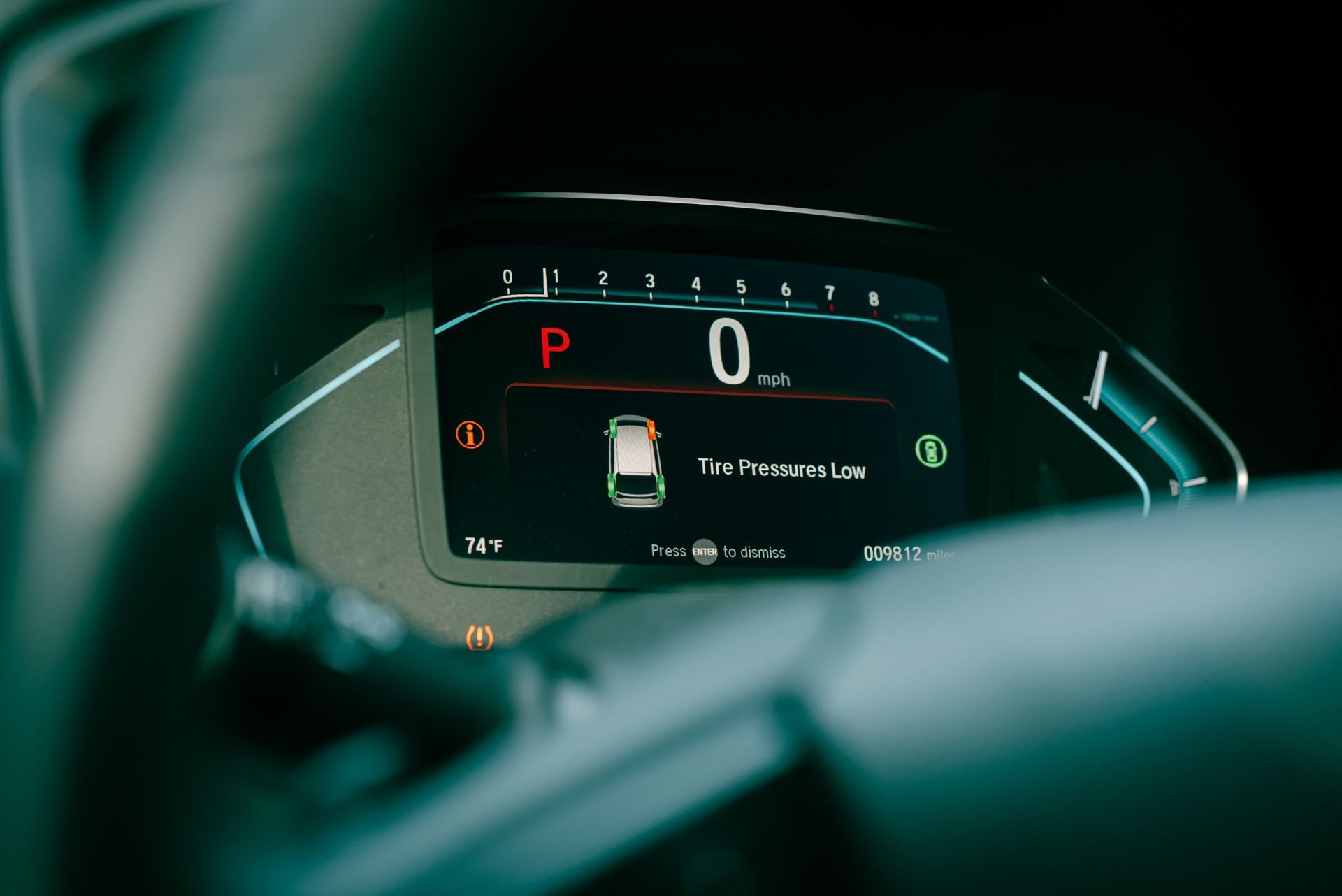
Tire Pressure Monitoring Systems (TPMS)
Proper tire pressure is essential for maintaining safe handling and optimal braking performance. Under-inflated tires can increase the risk of accidents by reducing vehicle stability and increasing braking distance. TPMS alerts you when your tire pressure falls below a safe level, helping you avoid tire blowouts or loss of control. The NHTSA found that TPMS reduced tire-related accidents by 10%, underscoring the importance of keeping your tires in top condition.
Tire Pressure Monitoring Systems (TPMS)
Proper tire pressure is essential for maintaining safe handling and optimal braking performance. Under-inflated tires can increase the risk of accidents by reducing vehicle stability and increasing braking distance. TPMS alerts you when your tire pressure falls below a safe level, helping you avoid tire blowouts or loss of control. The NHTSA found that TPMS reduced tire-related accidents by 10%, underscoring the importance of keeping your tires in top condition.

Tire Pressure Monitoring Systems (TPMS)
Proper tire pressure is essential for maintaining safe handling and optimal braking performance. Under-inflated tires can increase the risk of accidents by reducing vehicle stability and increasing braking distance. TPMS alerts you when your tire pressure falls below a safe level, helping you avoid tire blowouts or loss of control. The NHTSA found that TPMS reduced tire-related accidents by 10%, underscoring the importance of keeping your tires in top condition.


Night Vision Assistance
Night vision systems use infrared technology to enhance visibility at night, making it easier to spot pedestrians, animals, or obstacles that may be out of the range of regular headlights. While not as common as other safety features, night vision assistance can be a game-changer, especially for those who frequently drive in rural areas or on poorly lit roads. According to research by the NHTSA, night vision systems can help reduce nighttime accidents by up to 50%, especially in low-visibility environments.

Night Vision Assistance
Night vision systems use infrared technology to enhance visibility at night, making it easier to spot pedestrians, animals, or obstacles that may be out of the range of regular headlights. While not as common as other safety features, night vision assistance can be a game-changer, especially for those who frequently drive in rural areas or on poorly lit roads. According to research by the NHTSA, night vision systems can help reduce nighttime accidents by up to 50%, especially in low-visibility environments.
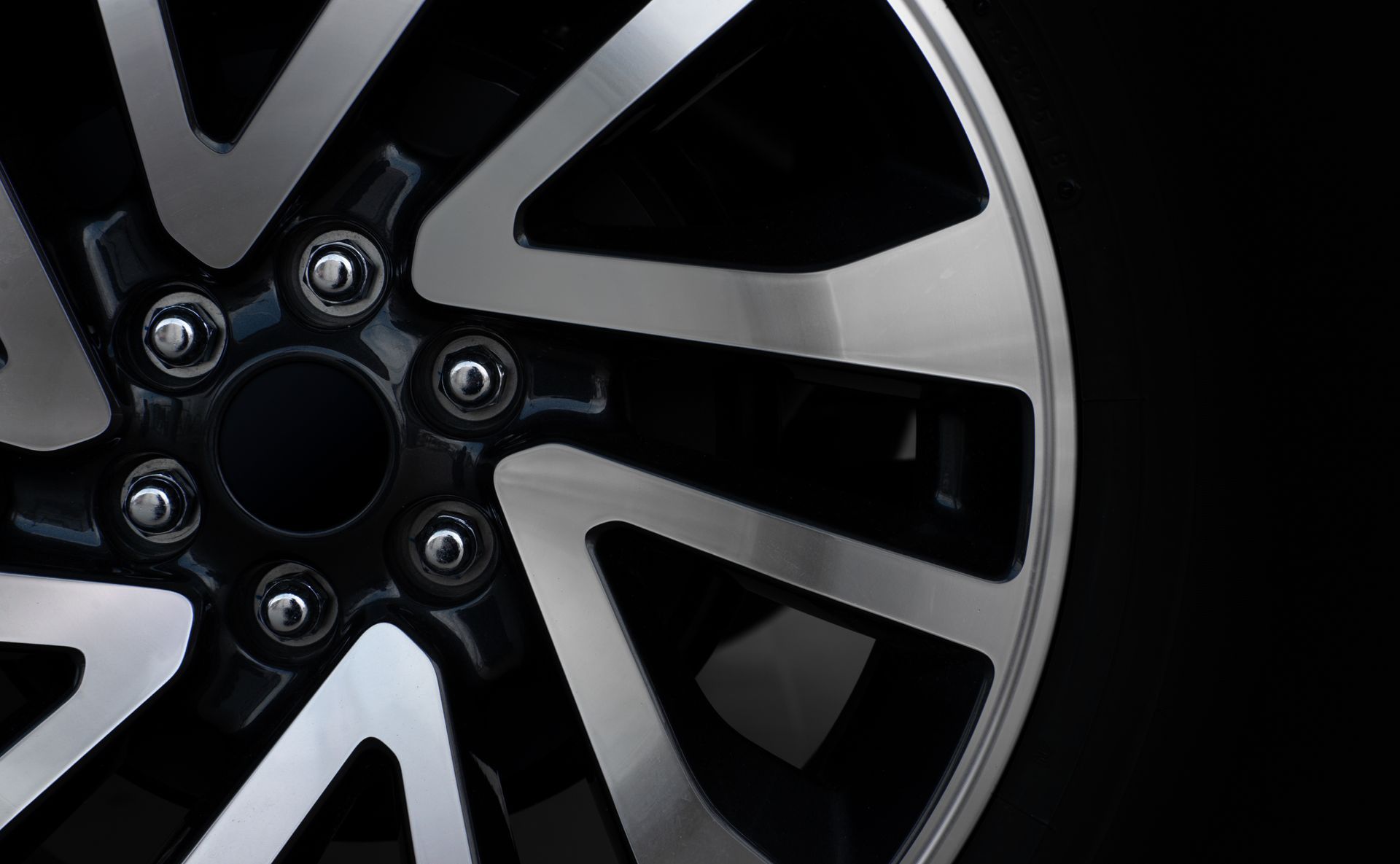
Anti-lock Braking System (ABS)
ABS prevents the wheels from locking up during hard braking, allowing you to maintain steering control and avoid skidding. In an emergency situation, ABS can significantly reduce the likelihood of a crash, especially on wet or icy roads. The NHTSA states that ABS can reduce crash risk by up to 35%, which is why it's considered a fundamental safety feature.
Anti-lock Braking System (ABS)
ABS prevents the wheels from locking up during hard braking, allowing you to maintain steering control and avoid skidding. In an emergency situation, ABS can significantly reduce the likelihood of a crash, especially on wet or icy roads. The NHTSA states that ABS can reduce crash risk by up to 35%, which is why it's considered a fundamental safety feature.

Anti-lock Braking System (ABS)
ABS prevents the wheels from locking up during hard braking, allowing you to maintain steering control and avoid skidding. In an emergency situation, ABS can significantly reduce the likelihood of a crash, especially on wet or icy roads. The NHTSA states that ABS can reduce crash risk by up to 35%, which is why it's considered a fundamental safety feature.

When shopping for a car, consider safety features as a top priority. With the right technology, you can significantly reduce the risks of accidents and protect yourself and your passengers. Features like Advanced Driver Assistance Systems (ADAS), airbags, traction control, and rearview cameras can make a life-saving difference, especially in the event of a collision.
With the right safety features, driving becomes not only easier but also safer. As technology advances, these features will only continue to improve, offering even more protection on the road.
Your safety matters. Before purchasing your next car, explore its safety features and choose one that offers the best protection.
Contact us today to learn more about vehicle safety and how to make the right choice.
When shopping for a car, consider safety features as a top priority. With the right technology, you can significantly reduce the risks of accidents and protect yourself and your passengers. Features like Advanced Driver Assistance Systems (ADAS), airbags, traction control, and rearview cameras can make a life-saving difference, especially in the event of a collision.
With the right safety features, driving becomes not only easier but also safer. As technology advances, these features will only continue to improve, offering even more protection on the road.
Your safety matters. Before purchasing your next car, explore its safety features and choose one that offers the best protection.
Contact us today to learn more about vehicle safety and how to make the right choice.
Quick & Reliable
We are available 24/7 to Guide You to Better Health.
CALL CHRISTINA NOW is here to help 24 hours a day, 7 days a week, offering free and compassionate support. When you call us, we'll listen to your concerns, understand the specifics of your accident, help you find medical care for your injuries, and connect you with a professional who can advise you on the legal aspects of your situation.
CALL CHRISTINA NOW specializes in assisting with Lawyer and Medical Accident matters. If you've been in a car, motorcycle, or truck accident—or any other kind of accident—contact us today for trustworthy support.
DISCLAIMER:
CALL CHISTINA NOW isn't a law firm and can't provide legal advice, but we can refer you to the right attorney who can.
All Rights Reserved | Call Christina Now
Copyright © Call Christina Now Offers All Rights Reserved 2025
View Our Privacy Policy | Terms & Conditions | Disclaimer
